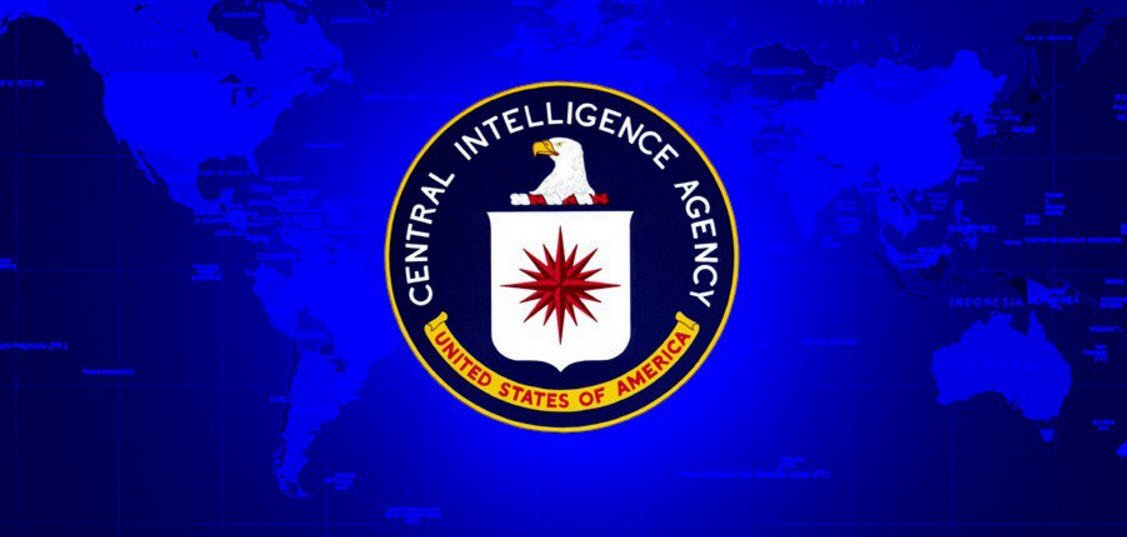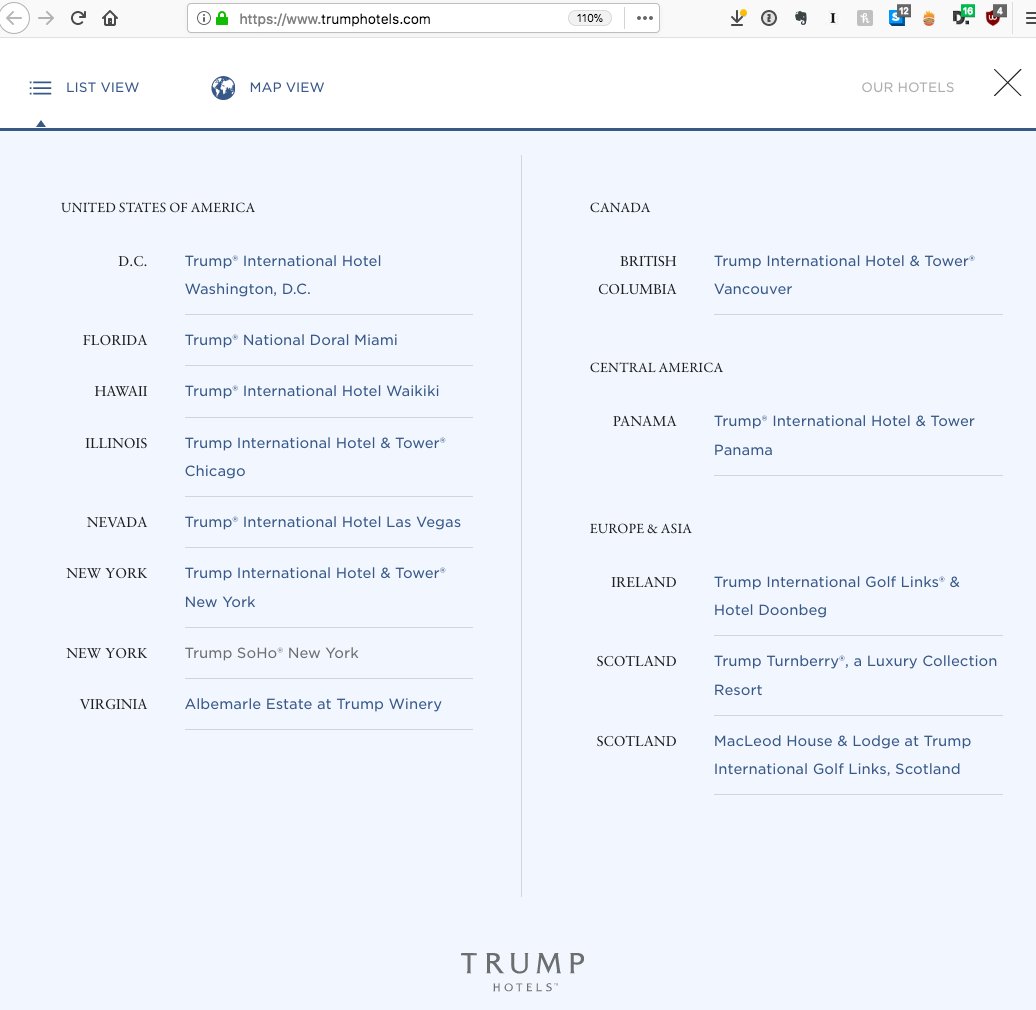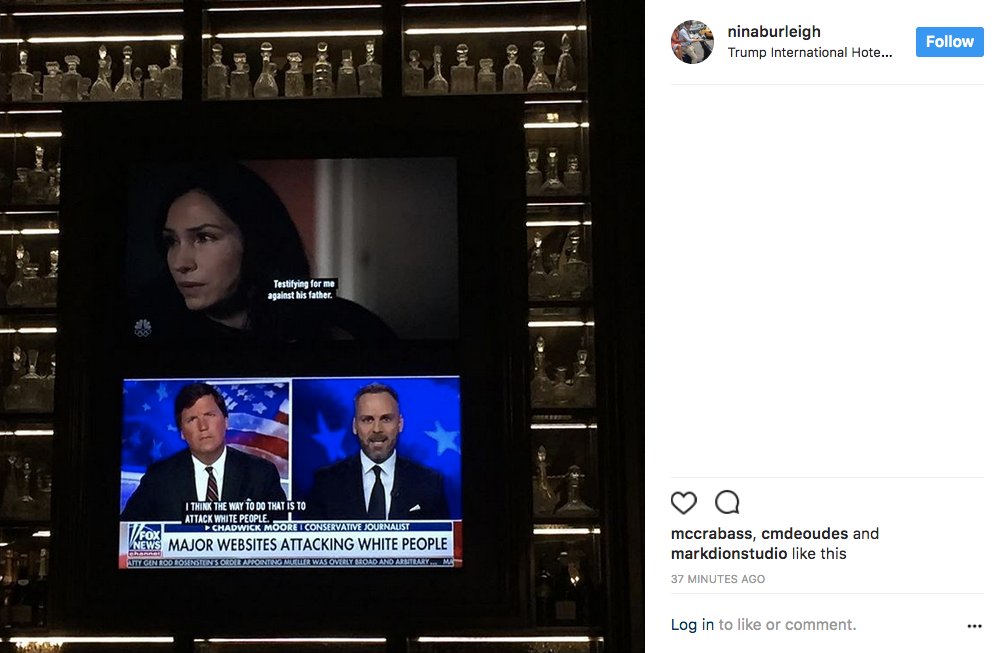The site, 1,560 nautical miles n/w of Oahu, was hundreds of miles away from the location of the Soviet naval search.
We think stories like this are interesting counterpoints to our current politics.We hope you agree. Consider signing up to receive our reports: look.substack.com
Our full Glomar report, with more maps and photos, is here: look.substack.com/p/that-time-we…



































